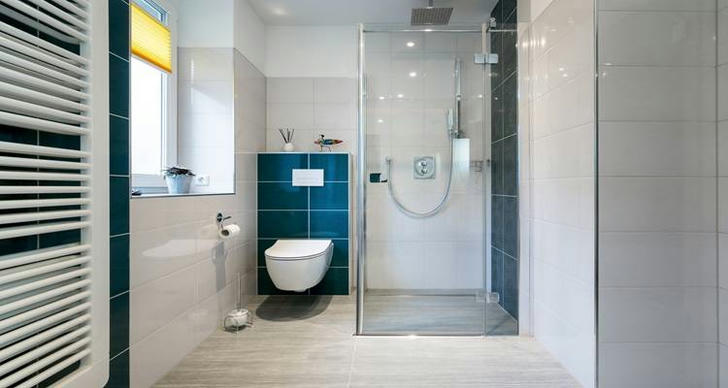🚿 Replace Bathtub with Walk-In Shower in the UK: 2025 Guide to Costs & Key Benefits
In many UK homes, replacing a traditional bathtub with a modern walk-in shower has become a preferred upgrade. This change is especially appealing for those with compact bathrooms or seeking safer, low-maintenance solutions. This guide explains the real costs, design choices, and regional differences in 2025.

🛠️ Why Replace a Bathtub with a Walk-In Shower?
Walk-in showers are popular for several reasons:
✅ Easier access – especially for those with limited mobility
✅ Easier to clean than tubs
✅ Space-saving for small bathrooms
✅ Adds a modern, minimalistic look
✅ Can increase property appeal for resale
Speak to your local council to check if you qualify for mobility-related home improvement support.
💷 How Much Does It Cost to Replace a Bathtub with a Walk-In Shower in the UK?
Prices vary depending on the region, type of materials, labour rates, and whether additional plumbing or tiling is needed. Below is a breakdown by region and project complexity:
📍 Regional Price Comparison (2025 Estimates)
| Region | Standard Installation (£) | Full Wet Room Conversion (£) |
|---|---|---|
| London | £2,800 – £4,200 | £5,000 – £7,000 |
| Manchester | £2,300 – £3,500 | £4,500 – £6,200 |
| Birmingham | £2,400 – £3,600 | £4,800 – £6,500 |
| Bristol | £2,500 – £3,800 | £4,700 – £6,700 |
| Scotland (Glasgow/Edinburgh) | £2,200 – £3,400 | £4,200 – £6,000 |
| Wales (Cardiff) | £2,300 – £3,600 | £4,300 – £6,200 |
💡 Labour costs and VAT included. Prices are average ranges from certified installers as of 2025.
👴 Key Benefits for Older Adults and Mobility-Impaired Individuals
Replacing a bath with a walk-in shower offers crucial benefits for those with limited mobility or aging-related health needs:
• Low or no threshold entry reduces the risk of trips and falls
• Non-slip flooring and grab rails can be added for extra support
• Fold-down shower seats or built-in benches improve comfort for users who cannot stand for long
• Spacious layout accommodates wheelchairs or walking aids
• Easier caregiver access makes assisted bathing more practical
• May qualify for government-funded grants (e.g., Disabled Facilities Grant) to offset costs
✅ Speak to your local council to check if you qualify for mobility-related home improvement support.
🚿 Best for Small Bathrooms: Compact Walk-In Showers
If space is limited, compact walk-in shower designs are ideal:
• Frameless glass panels
• Corner-entry or sliding door styles
• Low-profile trays (or level-access base)
• Wall-mounted storage for cleaner layout
🔧 What Installation Includes
• Full bathtub removal
• Tiling and waterproofing
• Shower tray + screen installation
• Plumbing rerouting (if needed)
• Optional extras: rainfall heads, thermostatic controls, grab bars
🦽 Walk-In Showers for Accessibility
Walk-in showers offer key benefits for elderly users or those with reduced mobility:
• No high ledge to step over
• Optional fold-down seats
• Textured anti-slip flooring
• Easy-to-reach controls
For qualifying users, the Disabled Facilities Grant (DFG) may help cover the cost. A local authority assessment is typically required.
📝 Government Support for Bathroom Modifications
In England, Wales, and Northern Ireland, residents may be eligible for:
• Disabled Facilities Grant (means-tested)
• Council-backed adaptations (through OT referral)
• Charity-based funding (Age UK, Foundations, etc.)
Learn more at your local council’s housing assistance page.
📋 Frequently Asked Questions (FAQ)
How long does installation take?
Most projects take 3–5 days, depending on complexity.
Do I need to move plumbing?
Not always. Some walk-in showers fit directly into the tub footprint.
Will it increase home value?
Yes—particularly in homes where safety and accessibility are valued.
Can I get help with costs?
Yes. If you’re over 60 or have a disability, you may qualify for financial assistance.
Is it suitable for rental properties?
Absolutely. Many landlords upgrade to improve tenant safety and reduce maintenance.
